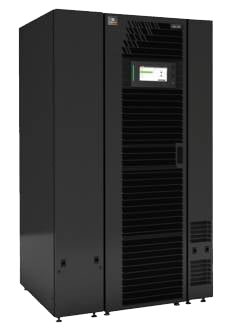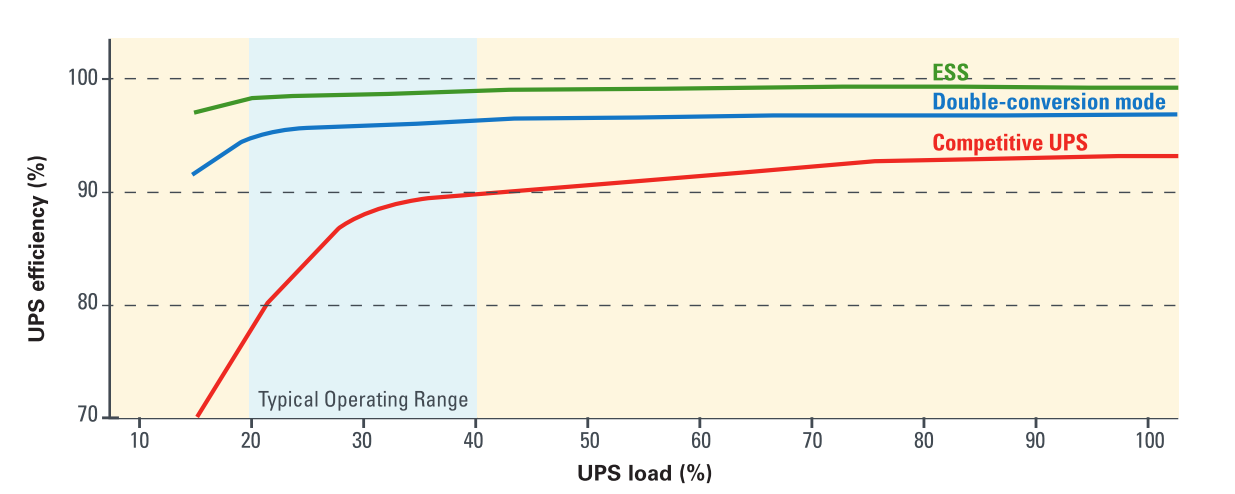ul 924 ups
UL 924: tested and certified
Vertiv’s Emergency Lighting UPS systems are UL 924 tested and certified, providing you with the industry’s highest capacity and efficiency. Vertiv can provide complete end-to-end solutions to support emergency lighting needs in a wide range of environments.

Underwriter’s Lab 924 standard has long applied to emergency lighting and power equipment, intended for connection to branch circuits of 600 volts or less. Such equipment shall automatically supply illumination or power or both to critical areas and equipment in the event of failure of the normal electrical supply, in accordance with Article 700 or 701 of the National Electrical Code, NFPA 70, the Life Safety Code, NFPA 101, the Fire Code, NFPA 1, the International Building Code, IBC, and the International Fire Code, IFC.

Simple Centralized Approach to Control Options
Centralized controls of multiple systems allows the management of all of your Emergency Lighting Systems and UPS Systems. Access the status of UL 924 Systems across town or across country.
VERTIV EMERGENCY LIGHTING UL 924 UPS
Appropriate and effective emergency lighting systems are vital to facilitate occupant egress during an emergency, such as a building fire or other dangerous situation. In addition to prioritizing safety, proper emergency lighting is required by building codes such as NFPA 101, the Life Safety Code.
Trust Vertiv’s emergency lighting UPSs to keep your occupants safe and your commercial structures up to code. Our emergency lighting UPSs are UL 924 tested and certified, providing the industry’s highest capacity and smallest footprint options for emergency lighting applications.
single source ups provider
Expert assistance from Technical Consultants assist in the selection process of your next UPS System.
Our team is available for Technical Review of specifications, Sizing assistance, Voltage selection, and Runtime Calculations.
Latest News
Stay up-to-date with Vertiv UPS Systems' news and resources about the industry!
Contact Us
Request a Quote from a Product Specialist
Experienced Product Representatives are on hand to send you information and quotations for equipment. If you need help with sizing, installation planning, or general questions about products, please fill in the appropriate form below and someone will contact you shortly.
You may also call 844-501-1887 to get a direct product representative. Or you may chat with one of our product specialists in the chat box provided.






